I don't clearly understand why I have never seen a talk about a signal reflection in a lumped element model.
When there is a transmission line connected to circuits A (signal emitter) and B (signal receiver) at its ends, we talk about the signal reflection when ZA (Thevenin equivalent series impedance of A) and ZB (equivalent impedance of B) are not matched to a characteristic impedance of the line Z0.
However, when the line is so short compared to a signal wavelength on the line, we ignore the line and see the whole circuit as "A is directly connected B". This is a lumped element model of the whole circuit. In this case, we don't say there is the signal reflection when ZA and ZB are not matched.
It seems the signal reflections only occurs between the transmission line and circuits it connects to. Could you please tell me why?


